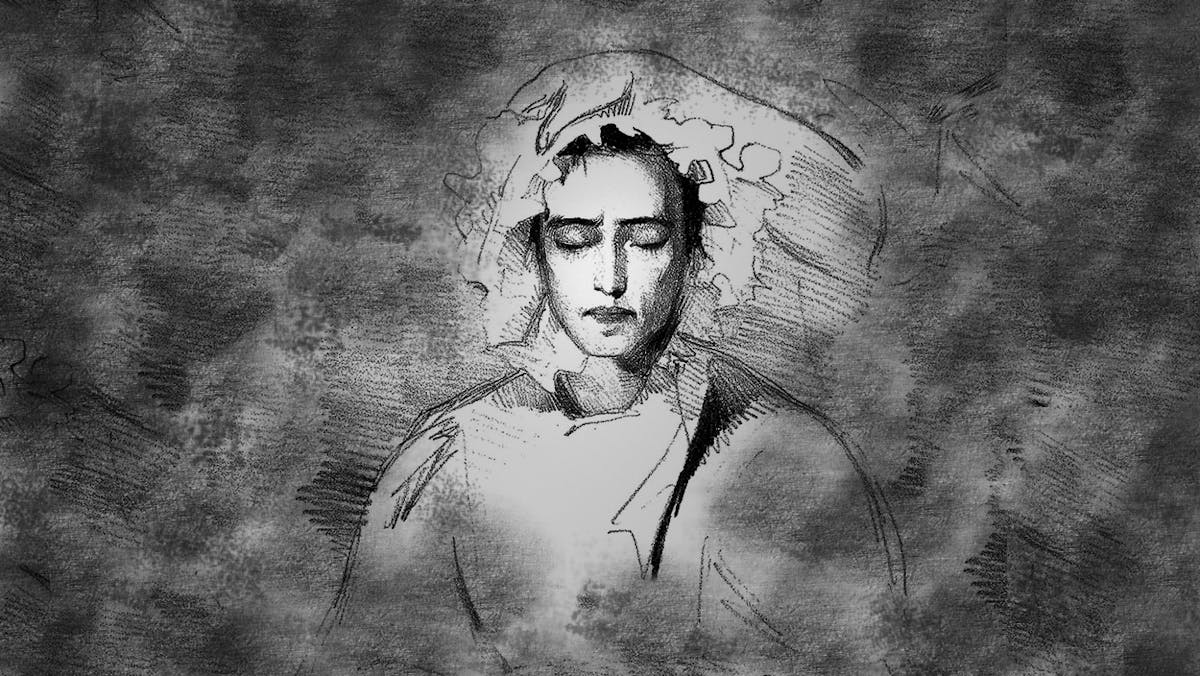The author of this article wishes to remain anonymous, but was involved in producing work alongside Our Voices, an audio co-production project.

I got the idea for this piece from my own experience of psychosis, which was terrifying but also strangely intriguing. I wanted to make something that would give listeners greater understanding of what happened to me, which I still can’t explain in words; they’re not enough and I can’t find the right ones anyway.
A key feature of psychosis involves visual and auditory experiences. They feel totally real to the person seeing/hearing them, but aren’t (of course) observed by those around them.
A sense of three-dimensional space
The tech I used (brace yourself) is Cycling 74 Programme Max MSP, which is an object-orientated programming package that allows the user to create pretty much anything they can imagine. Using binaural recordings means that listeners get a sense of three-dimensional space and makes the experience more immersive.
I created a ‘random generative piece’, programming my computer to pull together sounds and tracks in a totally random way that never repeats itself. The idea was that listeners will never hear the same thing twice, and everyone has a different experience. (Due to the limitations of the website, the version you hear online is static and prerecorded, rather than live and randomly generated.)
Everyone's reality is different
My intention was to spark conversations between listeners about what they’d heard (or not heard), emphasising that everyone’s reality is different and unique to them. It’s very easy to go down an existential rabbit hole with this, questioning what reality is and how we decide what’s real and what isn’t. Without any ‘evidence’ of what they’ve experienced, listeners are in a similar position to someone in the midst of psychosis – reliant on the person they’re talking to taking them seriously and acknowledging that this is their current reality; feeling vulnerable when they’re dismissed or disbelieved.
One you’ve been labelled as a person with a mental-health condition, you become hypersensitive about what you say and do. You self-censor out of a fear that your behaviour (which no one would think twice about if it was someone without a diagnosis) will be interpreted as delusional, or as a warning sign that precipitates medical intervention.
But the system is illogical as well as frightening; in some instances an individual might only prompt an intervention by behaving in a way that poses an immediate danger to themselves or others; on other occasions an intervention might be triggered by behaviour that is misconstrued. A friend of mine was sectioned for sunbathing naked in their own garden!
Talents, strengths and challenges
I’m releasing this piece anonymously as I want to avoid the stigma and judgement that still surrounds mental illness. I hope that society will move on – eventually – and people will be accepted for themselves, with their own talents, strengths and challenges, regardless of whether they’ve been diagnosed with a mental health condition.